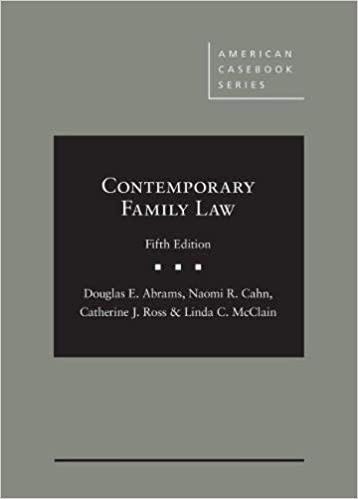5. In 1978, the FDA approved an anti-inflammatory pain reliever called "sulindac" under the brand name of "Clinoril." When the patent expired, the FDA approved several generic versions of sulindac for sale, including one developed by Mutual Pharmaceutical (Petitioner). The warnings for Clinoril included the possibility of developing toxic epidermal necrolysis. Karen Bartlett took a generic form of sulindac in December 2004 and developed an acute case of toxic epidermal necrolysis. Sixty to 65 percent of Ms. Bartlett's body deteriorated, was burned off, or turned into an open wound. She spent months in a medically induced coma, underwent 12 eye surgeries, and was tube-fed for a year. She is now severely disfigured, has a number of physical disabilities, and is nearly blind. At the time Ms. Bartlett got her sulindac prescription, the label did not refer to toxic epidermal necrolysis but warned that the drug could cause "severe skin reactions" and "fatalities." Toxic epidermal necrolysis was listed as a side effect in the package insert. After Ms. Bartlett's tragic illness, the FDA did a comprehensive study and recommended that the product label include more explicit warnings about toxic epidermal necrolysis. The FDA has exclusive authority over the licensing and labeling of prescription and other drugs. Ms. Bartlett sued Mutual in New Hampshire and initially asserted both state-based product liability claims relating to failure-to- warn and design-defects. The District Court dismissed her failure-to-warn claim based on her doctor's "admi[ssion] that he had not read the box label or insert." After a two-week trial on a design-defect claim, a jury found Mutual liable and awarded Ms. Bartlett over $21 million in damages. The Court of Appeals affirmed, and Mutual appealed on the grounds that the product complied with all federal requirements on warnings and labels when Ms. Bartlett took the drug. The U.S. Supreme Court granted certiorari. What should the court decide, on what basis, and why? [Mutual Pharmaceutical Co., Inc. v Bartlett, 570 U.S. 472 (2013)] Previous page Summary Next page







